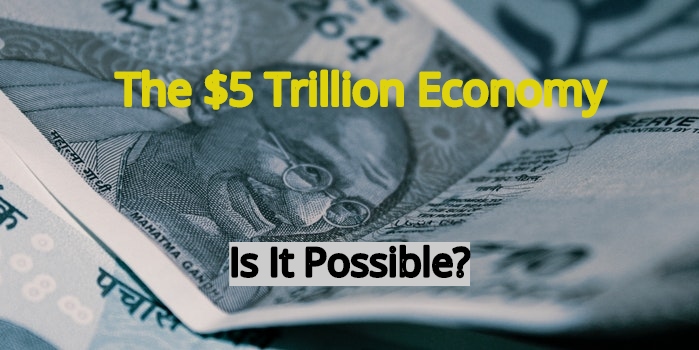Can the Union Budget of 2020 help the Indian economy in its $5 Trillion target? The simple is no. In this article, we have detailed all the possible reasons why this Union Budget 2020 is not enough for a $5 Tr economy.
The Most Outstanding Reasons Why Union Budget 2020 won’t Bring $5 Tr Economy The Most Outstanding Reasons Why Union Budget 2020 won't Bring $5 Tr Economy

